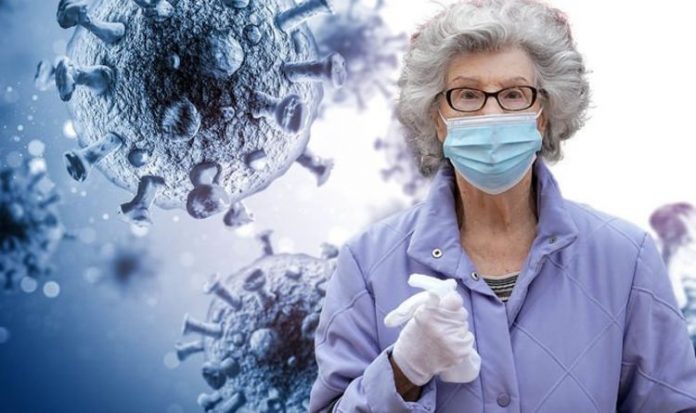Coronavirus infections have risen by levels equivalent to those reported at the beginning of the nationwide lockdown in March. Health Secretary Matt Hancock said he was “concerned” about the rise in cases “predominantly among young people”. Express.co.uk has compiled a guide to explain how many infections trigger a local lockdown.
Excess deaths in England and Wales are higher than the five-year average for the third week running according to recent Office for National Statistics (ONS) figures.
There were 9,032 excess deaths registered in England and Wales for the week ending August 28 according to the ONS.
This equates to 791 more deaths than the five-year average, but it was 599 fewer deaths than the previous week.
Experts claim these recent figures are not due to coronavirus.
READ MORE: Coronavirus vaccine ‘not likely’ before Christmas
Local lockdown measures are targetted courses of action implemented in local areas designed to curb rising rates of coronavirus.
Restrictions in force during the national lockdown, such as people not being allowed to meet anyone outside their own household, have been reintroduced in areas with rising coronavirus infection rates.
Currently, local restrictions are in effect across parts of the north of England, Blackburn with Darwen, Oldham, Pendle, Leicester, Luton and Northampton.
The restrictions are regularly reviewed and when the number of infections falls, they begin to ease once again.
You can check the areas in England under increased restrictions on the government website here.
When are local lockdown restrictions imposed?
The decision to reimpose restrictions is taken under the government’s “contain framework”, a guide for local decision-makers.
There is no set number of infections in an area that triggers a local lockdown.
However, a figure higher than 40 cases per 100,000 is likely to see discussions taking place about whether any action is necessary, but this will likely be preliminary monitoring at this stage.
But the implementation of restrictions will be dependent on individual circumstances.
Northampton’s rate of infection per 100,000 population is currently at 823.6 according to the Government’s coronavirus dashboard.
The rate in Oldham is at 1,294.8 per 100,000 people, while the rate in Pendle is 1,046.6.
Each week, Public Health England separates areas of the country where rising infection rates are becoming worrying into “areas of concern”, “areas of enhanced support” or “areas of intervention”.
Areas of concern are those at the lowest end of the PHE’s watchlist and will have some of the highest rates of new infection in the country and in these cases, local councils may opt to take real action.
Areas of enhanced support receive extra resources such as mobile testing, whereas areas of intervention.
The final category, areas of intervention, are places where lockdown restrictions are reimposed to the population to curb the spread of the virus.
Express.co.uk has contacted the Department of Health for comment.







